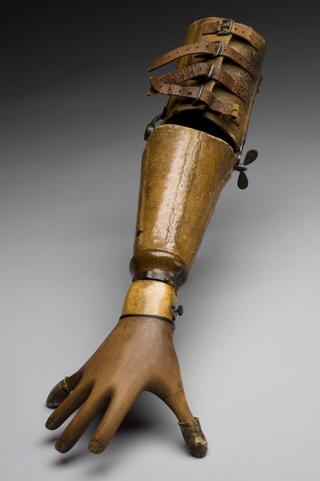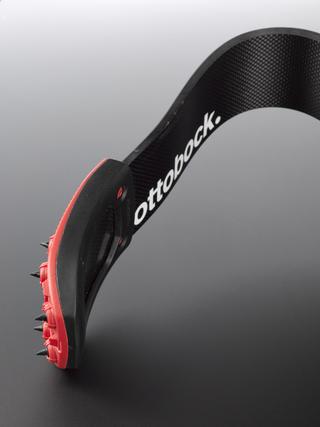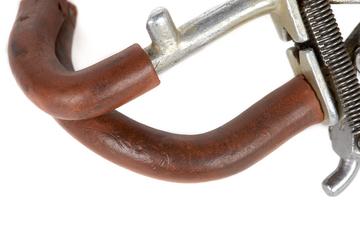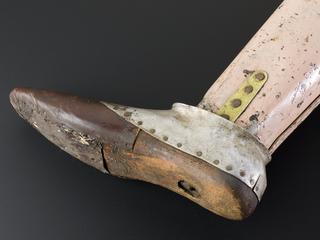Adapted Viennatone prosthetic hand
Adapted Viennatone hand prothesis with fingers replaced with a single articulating structure, used in research as part of the Southampton Hand project at the School of Electronics and Computer Science, University of Southampton, England, 1977-1990
More
Using a commercially available hand, made by the Austrian hearing aid company, Viennatone, researchers at the University of Southampton adapted it to mimic the grip of a thumb and forefinger.
Begun by Professor Jim Nightingale, Professor of Control Engineering at the University of Southampton in the 1960s, the Southampton Hand project ran for over 50 years. Many engineers interested in developing new types of prosthetic arms worked on the project, each adding their own advances to the project. Inspired by how our brains and hands communicate they aimed to make a prosthetic arm that was easy for users to control. The user initiates movement by thinking, which activates the muscles in their arm. This is detected and it opens and closes the hand. Sensors on the hand detect what shape object is within the hand and the microcontroller selects the grasp that is needed. This work led to the first microprocessor controlled prosthetic hands to be used in the outside of clinical trials.





